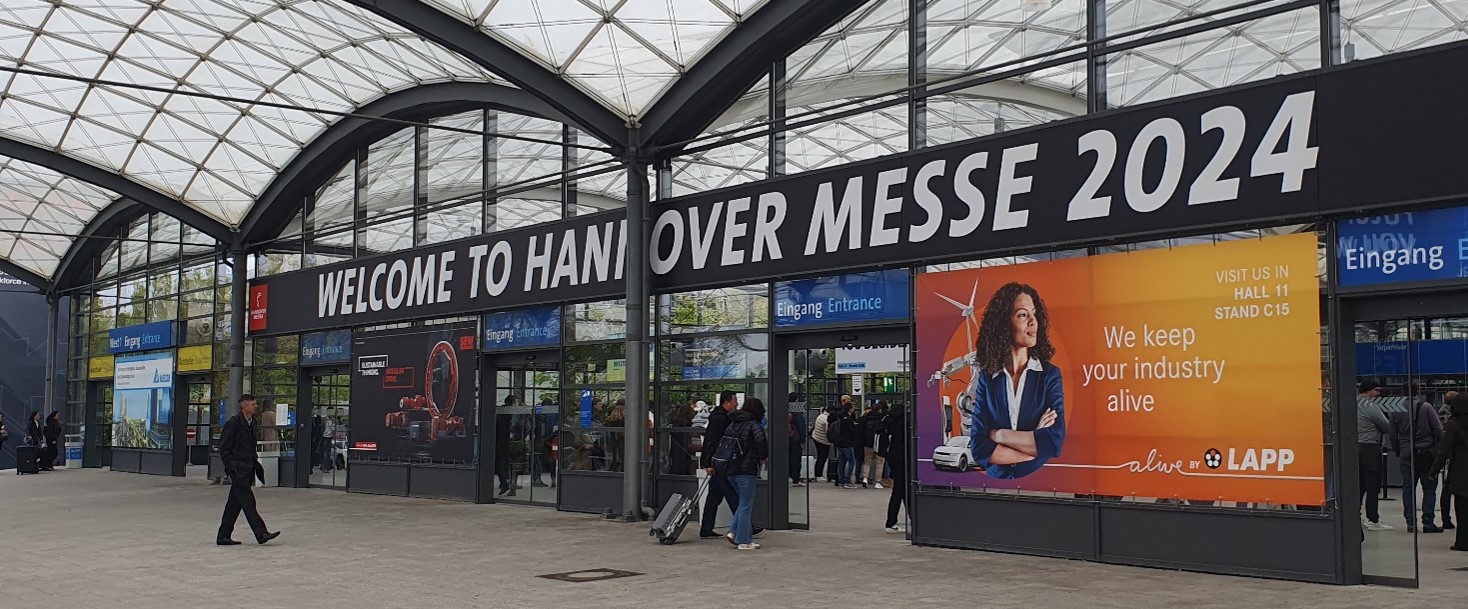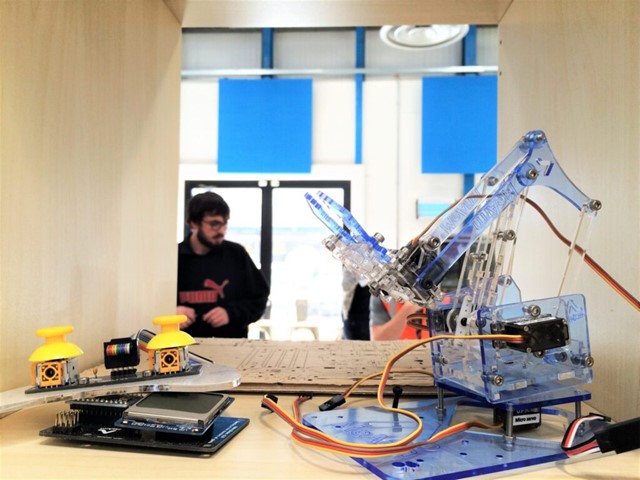

Peter Oeij
TNO
Unsurprisingly, workplace innovation (WPI) has many different interpretations since the field of research has been expanding substantially in the past 20 years. Reviewing what the field has to offer is warmly welcomed. But what makes a ‘good’ review? From the perspective of the applicability of workplace innovation, its practicality is essential. A number of systematic literature reviews of WPI have been carried out that do not meet the criteria of practicality. Are these really useful? My answer is negative, and I propose a ‘narrative review’ approach intending to provide direction and guidance to future study and implementation of WPI to advance business performance and good quality of work.
Workplace innovation (WPI) is a slippery concept with many different interpretations, which impedes a homogenous scientific understanding and complicates implementation in practice. There seems to be, however, a common ‘sensitizing conceptualisation’ that points into the direction of the ‘advancement’ of work and its results: namely that WPI is connected to the notion of good jobs and has a positive relation with an organisation’s business performance. This comes as no real surprise since WPI is rooted in sociotechnical systems design, humanisation of work, and the human relations approach. These are all approaches that have an affinity with studying and implementing ways to improve jobs and work from the viewpoint that this will benefit not only the workers themselves but how companies perform.
In this blog, I will argue that it is more useful for practice to choose a type of review that gives direction to future study and implementation of advanced work. I will present three examples of WPI-review studies that deviate from this approach. As a consequence, they are hardly of any use for practice and, therefore, neither as a basis for theory to support practitioners.
The purpose of a literature review is to collect relevant, timely research on the chosen topic, and synthesise it into a cohesive summary of state-of-the-art knowledge in the field. Literature reviews, however, can take different forms. Sometimes one can synthesise the sources topically, organising a discussion around how these different sources deal with similar topics. When reviewing each source, one can cover many different aspects, including the purpose, scope, methods, results, any discussion points, limitations, and implications for future research. Reviews can also be focused on the usability of workplace innovation for implementation in practice – I call these narrative reviews -, namely to learn how different sources contribute to the implementation and improvement of good jobs and good performance, and how, in such a context, workplace innovation is understood and conceptualised. Both for theoretical and empirical research and for practice and practitioners.
Three recent systemic reviews of workplace innovation literature significantly differ from this practical purpose. Almeida and Moreira (2022) selected 91 articles in scientific journals for a systematic literature review. Guided by their research question, “What are the determinants leveraging workplace innovation, and what are their interdependencies?” they performed a content analysis that involved an interpretative synthesis based on the article’s content, core ideas and arguments, from which the topics and determinants of workplace innovation were inductively derived. The authors identified 38 topics which they clustered into five determinants. These determinants were inductively derived from the similarities among the 38 topics. These five determinants are Organizational Dynamics, HRM, Collaboration, Information Technology (IT) Infrastructures and Other Facilitators (topics are Change management, WPI implementation and External Factors). The percentage of topics involved in each determinant is the following: Organizational Dynamics – 45%; HRM – 18%; Collaboration – 18%; IT Infrastructures – 11%; and Other Facilitators – 8%, leading to the conclusion that Organizational Dynamics is the most important determinant. IT Infrastructures are seen as transversal to the other four determinants. The systemic literature review does, however, not result in insight into how workplace innovation can be achieved or implemented. We do not get information on how the determinants determine workplace innovation, nor how the determinants are interrelated. We are left with the open question of causality and directions between the 38 topics and five dimensions. We agree with the remark of the researchers that, as their paper is based on a systematic literature review, the main limitation is that it needs to be complemented with empirical evidence (Almeida & Moreira, 2022: 511). Another limitation is that the suggested framework lacks an embedment in a theoretical, explanatory, framework of how these determinants constitute workplace innovation. Identifying 38 topics and clustering them as determinants, unfortunately, does not raise our understanding of how to arrive at good jobs and better performance, the outcome of workplace innovation.
In another systemic literature review by Prus et al (2017), the authors wanted to disentangle the ontological, epistemological and theoretical aspects of workplace innovation. Their understanding is of WPI as innovation with regard to the workplace. After analysing 75 studies, they clustered them into four research traditions that they labelled ‘built container’, ‘humanized landscape’, ‘socio-material macro-actor’, and ‘polyadic network’. Built container means that construction and the innovation of the workplace are hegemonic, conceived by dominant groups and imposed on other members by a cascading process; humanised landscape understands the workplace is a result of different human agencies that are characterized by social gestalt, i.e., a result of the intentions, representations, perceptions and actions of all actors inhabiting the workplace; socio-material macro-actor implies that the construction and innovation of workplace is a simultaneously combined product of multiple human and non-human agencies (like technology); workplace as a polyadic network considers workplaces as embedded into a network of relations in wider cultural, economic, historical, political, technological and social contexts. Next, Prus et al (2017) analysed the abstracts and concluded they contain eight workplace dimensions, namely work system, workplace democracy, high-tech application, workplace boundaries, workspaces, people practices, workplace experience, and workplace culture. Work system occurs most often. The authors then describe the development of those eight dimensions in the past twenty years, as forms of workplace innovations, analogous to their research period in the literature research. Their exploration of the ontological, epistemological and theoretical issues regarding innovations related to the workplace, leads them ultimately to define workplace innovation as “an intentional comprehensive process of renovation that alters structural, organizational, cultural and experiential characteristics of workplaces with the purpose of bringing new social value” (Prus et al., 2017: 1266). Their work unfortunately does not give us much insight into what we must do to achieve workplace innovation, let alone how it should stimulate good jobs and better organisational performance. It remains unclear how the dimensions are related to one another, and what is the causal relation with workplace innovation. The dimensions are also not connected to a theoretical framework or explanatory model.
A third example of a workplace innovation literature review is a citation analysis by Weerakoon and McMurray (2021). They first found 144 publications with the search tag ‘workplace innovation*’ in journal papers, conference papers, reviews, books and book chapters of the Scopus database. They then carried out a citation analysis to determine the most influential publications of this discipline’s area of concern, which is considered to be a reliable indicator of scientific interactions of scholarly ideas. Based on this step the authors used bibliometric software to generate a citation network. Within the 144 publications, there were 17 highly connected publications that were indicating the existence of six main knowledge clusters within the workplace innovation literature. These clusters, from those 17 publications, were 1) Leadership, Organisational Culture and Workplace Innovation, 2) Forms of Work Organisation, Quality of Work and Employment, 3) Employee Participation in Workplace Innovation, 4) Occupational Stress, 5) Occupational Safety and Health Innovation, and 6) Innovation in Social Aspects of Organisation. Most clusters have about three publications assigned to them, where cluster 1 has four, and cluster 7 only one. The citation network and main knowledge cluster, however, do not tell us much about the content of workplace innovation, the coherence of topics and their explanatory power, nor do they inform us about how to implement workplace innovation, and what kind of outcomes might be expected. Two authors, whom we know have a certain view on workplace innovation, appear in three different clusters with their articles. The authors derive from their exercise nonetheless what are the topics that lack attention so far, such as team-level research, other-than HRM-research, the process dimension of WPI, less European-context driven research, a clear conceptualisation of the workplace innovation concept, and a wider definitional focus in measuring workplace innovation not only at the individual task level but including the work environment (Weerakoon & McMurray, 2021: 14-16). While this is not untrue, it is more focused on generating an ‘average’ view rather than mapping the broad research field. Analysing the field of workplace innovation based on, eventually, 17 of the 144 publications, limits the objections.
I would be more in favour of a review that could show how workplace innovation can help to improve better jobs and better organisational performance. This could help to develop a ‘normative stand’ towards the subject and subsequently support the design of interventions that could be implemented in order to meet desired goals: better performance and better jobs. The presented systemic reviews answer a narrow question through detailed and comprehensive literature searches or use a focused (often quantitative) method to answer specific research questions. Narrative reviews are more descriptive and interpretative and provide authors’ subjective perspectives on a focused but (often) broader topic. This can be called a ‘qualitative systematic review’, which is a method for integrating or comparing the findings from other studies. The accumulated knowledge resulting from such a process may lead to the development of theory, an overarching “narrative”, a wider generalisation or an “interpretative translation”. It looks for “themes” or “constructs” that lie in or across these qualitative studies (Grant & Booth, 2009: 99). In my view, at least, it helps to formulate my own understanding of WPI and to make it more tangible for practical application. A narrative form of the literature review does not only mean to contribute to theory development, but, vice versa, intends to make theory more practical for practitioners. Kurt Lewin, a pioneer in organisational psychology, famously noted that nothing is so practical as a good theory. A theory is an explanation, a set of ideas about how something works, and the practical application of a good theory can be invaluable (Crabtree Tonges, 2016). With that in mind, we performed a narrative review of the WPI-literature ourselves (Oeij, Dhondt & McMurray, 2021, 2023b; Oeij & Dhondt, 2024 / https://doi.org/10.1111/soc4.13203).
Nonetheless, the future of WPI as a field remains with several challenges (Oeij et al., 2023a):
- The WPI field faces many contributions at the individual level and organisational level by researchers from different backgrounds. It would prove very helpful if these multi-level issues could result in evidence-based knowledge for practice.
- Although we see WPI spring up in several continents (USA, Europe, Australia, Asia, and even Africa), there are serious cultural differences in how WPI is applied. In order to better know the workings of WPI it is important to share insights and organise debates about the results.
- The rise of the concept of Industry5.0 gives human centricity a central position. While our societies, economies and organisations must find ways to be sustainable and resilient, they must also find ways of being human-centric (Breque et al., 2021). How workplace innovation can support these developments is now becoming all the more urgent. There is a need to build a common shared narrative around designing new digital technology, organising with new technology, coping behaviour with new technology and new forms of organising work (e.g. platformisation), converging research into workplace innovation itself.
Related articles
May 11, 2024







